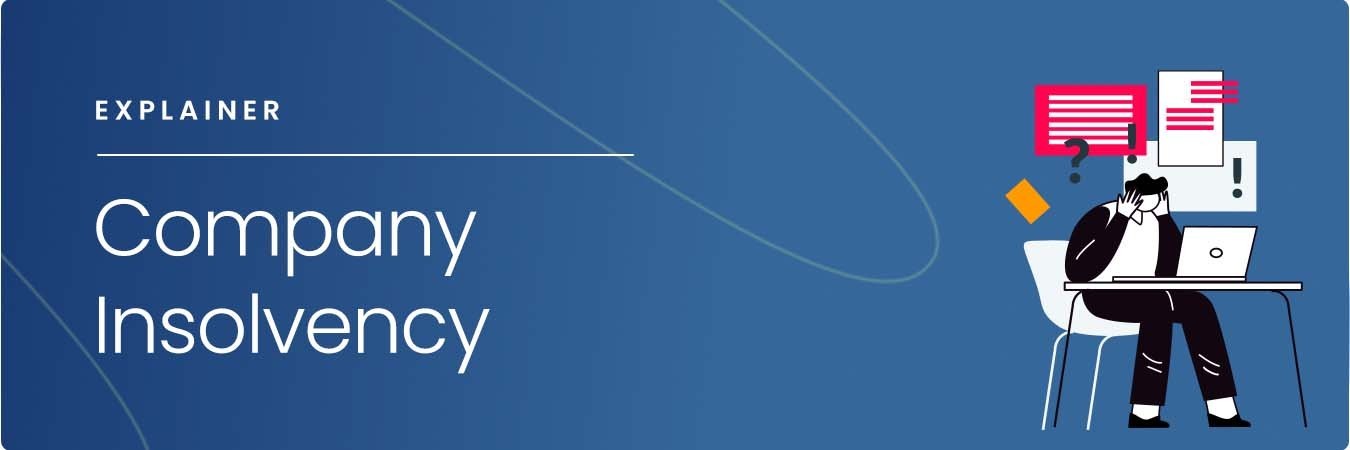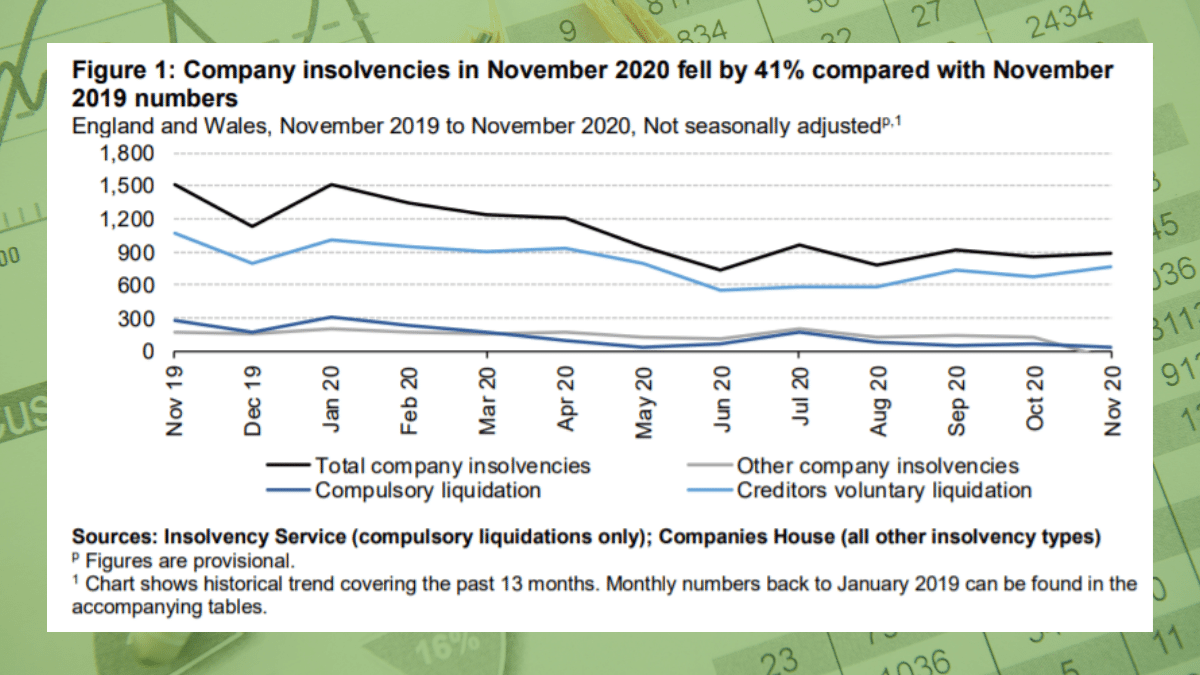Some Known Incorrect Statements About Insolvency Practitioner
Wiki Article
Rumored Buzz on Insolvency Practitioner
Table of ContentsInsolvency Practitioner Fundamentals ExplainedInsolvency Practitioner - QuestionsThe Greatest Guide To Insolvency PractitionerOur Insolvency Practitioner DiariesThe Best Guide To Insolvency PractitionerInsolvency Practitioner Fundamentals ExplainedSome Ideas on Insolvency Practitioner You Need To Know
Insurance is checked and managed by state insurance policy divisions, and one of their primary objectives is protecting policyholders from the danger of a business in monetary distress. When a firm gets in a period of economic problem and is incapable to satisfy its commitments, the insurance commissioner in the firm's home state launches a processdictated by the legislations of the statewhereby initiatives are made to help the company regain its economic footing.If it is determined that the firm can not be refurbished, the business is declared insolvent, and the commissioner will ask the state court to get the liquidation of the business. [Back] The insurance commissioner, either selected by the governor or elected, heads the state insurance department and screens and controls insurance coverage activity within the state.

[Back] By obtaining control of a company, the commissioner (or the insurance coverage department) is, by law, the rehabilitator or liquidator of the firm. In this ability, the commissioner or division takes control of the firm's operations. Instead of do so directly, the commissioner might maintain a special replacement receiver to supervise the company's tasks.
Fascination About Insolvency Practitioner
The receiver manages an accountancy of the company's properties and liabilities and administers the estate of the firm. In doing so, the receiver looks for to make best use of the business's possessions, transfer them to cash money, and then disperse that money to creditors having legitimate insurance claims versus the insurance provider based on settlement concerns specified by state legislation (in all states, insurance holders are concern claimants whose insurance claims are paid prior to those of basic lenders).All insurance firms (with limited exemptions) certified to sell life or medical insurance or annuities in a state need to be members of that state's warranty association. The guaranty organization works together with the commissioner and the receiver in pre-liquidation preparation. When the liquidation is gotten, the guaranty organization provides insurance coverage to the company's insurance holders that are state locals (approximately the levels specified by state lawssee listed below; any kind of advantage amounts above the guaranty asociation benefit levels end up being cases versus the business's remaining properties).
The above coverage levels apply individually for each and every insolvent insurance company. [Back] When an insurance company stops working and there is a deficiency of funds required to fulfill the obligations to insurance holders, state guaranty associations are triggered. Guaranty organizations have two main sources of funding when offering insurance coverage to insurance holders. Guaranty associations have subrogation rights to a proportionate share of the assets staying in the fallen short insurance firm.
The Greatest Guide To Insolvency Practitioner
Second, insurance companies doing business in that state are examined a share of the amount called for to meet the part of the guaranty associations' covered insurance claims not or else funded with estate properties. The amount insurers are examined is based upon the amount of costs that they accumulate because state. [Back] The National Organization of Life and Wellness Insurance Coverage Warranty Associations (NOLHGA) is comprised of the life and health and wellness insurance coverage warranty associations of all 50 states and the District of Columbia.NOLHGA develops a job force of representative guaranty organizations to collaborate with the insurance coverage commissioner to establish a strategy to safeguard insurance holders. To find out more on NOLHGA's role while doing so, see "What Is NOLHGA?" and "The Safeguard at the office." [Back]
You are here: Bankruptcy is when a company or individual can not pay financial obligations when they are due. There are a number of choices available to a bankrupt company or individual: ASIC manages firms, it does not handle individual bankruptcy treatments. To find out more about insolvency and personal insolvency arrangements, see the Australian Financial Safety Authority site.
More About Insolvency Practitioner
Anticipating security by helping you pick the ideal customers and find out here now the ideal markets to stay clear of uncollectable bill in the very first location, many thanks to acute economic analysis (Insolvency Practitioner). Thorough market knowledge, supplying you with 360-degree visibility on service sectors and foreshadowing troubles. It would be a simplification to click reference assume a trade credit insurance coverage starts and ends with premiums and pay-outsThis can take place for a variety of factors, consisting of poor monetary administration, unforeseen costs, or a change out there. If a firm is bankrupt, it might be forced to fold or market off assets to pay lenders. This can have a significant influence on business, employees, and shareholders.
Insolvency Practitioner for Beginners
Why does a business enter into bankruptcy? There are a number of reasons why a company might get in into bankruptcy.
The Greatest Guide To Insolvency Practitioner
The firm may be compelled to market possessions, lay off staff or also close down. Financial institutions might be left out of pocket and the business's shareholders might see their investment disappear.This can happen for a variety of reasons, including inadequate monetary administration, unexpected prices, or an adjustment out there. If a business is bankrupt, it might be required to fold or liquidate assets to pay creditors. This can have a significant impact on business, staff members, and shareholders.
The Best Guide To Insolvency Practitioner
It can bring about task losses, property sales, and even insolvency. It is necessary to comprehend just how corporate insolvency jobs and how it can impact your organization. Why does a company become part of bankruptcy? There are a variety of reasons a business may get in into insolvency. The most common reason is that the business is not able to pay its financial debts as they drop due.Other factors for bankruptcy include fraudulence, mismanagement, and unforeseen costs. When a business becomes bankrupt, its possessions are used to repay its financial obligations. This can have a major influence on the service, as it may no more have the ability to read this post here proceed operating. Bankruptcy can also result in work losses and the closure of companies.
The business might be compelled to market assets, lay off team or also close down. Financial institutions might be left out of pocket and the business's shareholders might see their investment go away.
Report this wiki page